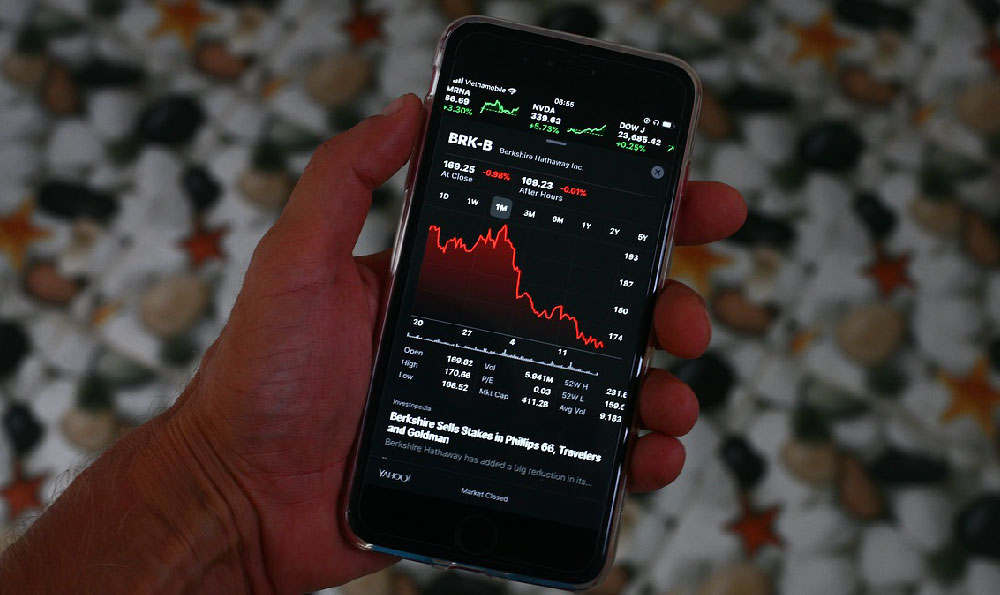
Determining the "right price" to sell goods is a fundamental question for any business, directly impacting profitability and long-term sustainability. The answer, however, isn't a simple formula. It's a dynamic equation influenced by a myriad of factors that require careful consideration and a strategic approach. To truly determine if you are making a profit, it's crucial to understand the intricacies of pricing strategies and how they interplay with market dynamics, costs, and consumer perception.
One crucial element is understanding your costs. This isn't just the direct cost of materials or manufacturing. A comprehensive cost analysis includes indirect costs such as rent, utilities, salaries, marketing expenses, and even the cost of capital. These overhead costs, often overlooked, can significantly impact the true profitability of each sale. Implementing robust accounting practices and regularly reviewing your cost structure is essential to ensure accurate pricing decisions. If you’re involved in digital assets, this might also mean factoring in transaction fees, security costs, and other operational expenses unique to that space.
Beyond your internal costs, the external market plays a critical role. Competitor pricing acts as a benchmark, and understanding your target audience's price sensitivity is paramount. Are you selling a premium product where perceived value and brand image justify a higher price point? Or are you competing in a price-sensitive market where volume and cost-effectiveness are key? Market research, competitor analysis, and understanding consumer behavior through surveys and feedback are invaluable tools in gauging the acceptable price range. Moreover, consider the current economic climate. During periods of inflation or recession, consumer spending habits shift, requiring businesses to adapt their pricing strategies accordingly.

Pricing strategies themselves are diverse, each with its own advantages and disadvantages. Cost-plus pricing, where a fixed percentage is added to the cost of goods, provides a simple baseline. However, it may not accurately reflect market conditions. Value-based pricing, on the other hand, focuses on the perceived value of the product to the customer, allowing for potentially higher profit margins if the value proposition is strong. Premium pricing, often associated with luxury brands, relies on creating an image of exclusivity and high quality. Dynamic pricing, increasingly prevalent in e-commerce, adjusts prices in real-time based on demand, competitor pricing, and other factors. Choosing the right strategy, or a combination of strategies, depends on your specific business model and market context.
Furthermore, it's essential to remember that pricing is not a static decision. It requires continuous monitoring and adjustment. Track sales data, monitor competitor activity, and gather customer feedback to identify potential opportunities for optimization. Seasonality, promotions, and even marketing campaigns can impact demand and necessitate price adjustments.
In the dynamic world of digital assets, platforms like KeepBit offer opportunities to profit from trading and investment. But similar to pricing goods, understanding the "right price" to buy or sell digital assets is paramount. Profitability hinges on keen market analysis, risk management, and a sound trading strategy.
While KeepBit provides a secure and regulated platform for digital asset trading, it's important to compare it with other options available in the market. Some exchanges might offer lower trading fees, but might compromise on security or regulatory compliance. KeepBit, registered in Denver, Colorado, with a substantial registered capital of $200 million, emphasizes security and regulatory compliance, operating under international business licenses and an MSB financial license. This commitment to transparency and security offers users peace of mind, knowing that their funds are protected by robust risk management systems.
The team behind KeepBit brings experience from leading global financial institutions like Morgan Stanley, Barclays, Goldman Sachs, and quantitative firms like Nine Chapters and Quntifi. This expertise is reflected in the platform's sophisticated trading tools and risk management protocols. While other platforms may focus solely on offering a wide range of digital assets, KeepBit's focus on user security and regulatory compliance sets it apart. The platform’s global service reach extends to 175 countries, ensuring a broad user base and ample liquidity.
Consider platforms offering staking rewards. However, examine the lock-up periods and the associated risks. The promise of high yields can sometimes mask underlying vulnerabilities. KeepBit prioritizes a secure trading environment, understanding that profitability in digital assets is not just about potential gains, but also about mitigating risks.
Ultimately, whether you're pricing physical goods or trading digital assets on a platform like KeepBit, the key to profitability lies in informed decision-making, a thorough understanding of costs and market dynamics, and a commitment to continuous monitoring and adaptation. Just as a well-priced product attracts customers and generates revenue, a well-informed trading strategy on a secure platform can lead to sustainable profitability in the digital asset market. It is recommended to visit https://keepbit.xyz for further information on the platform.





